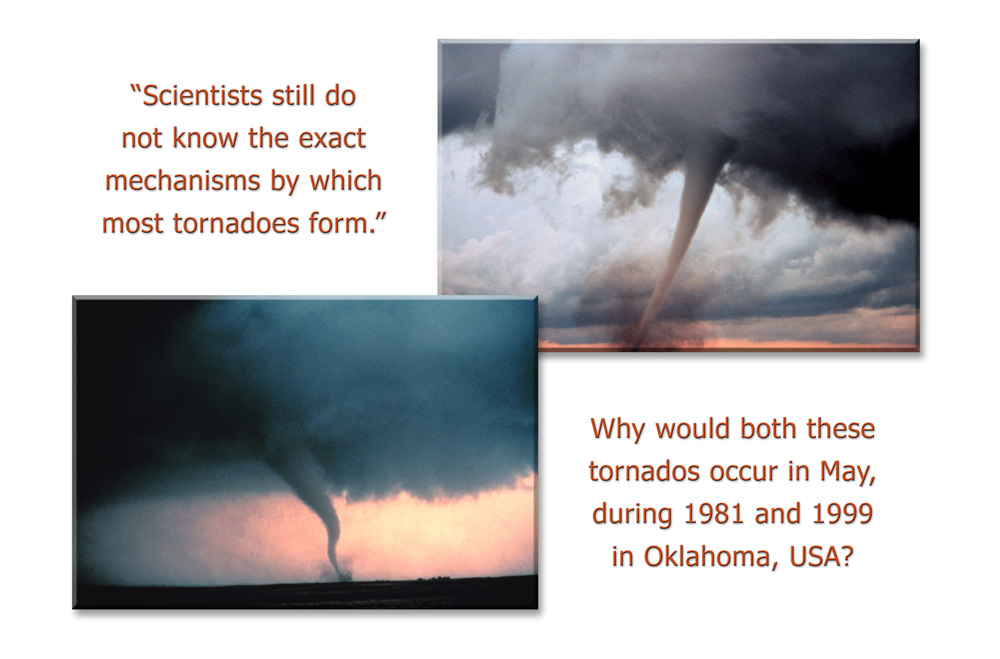A New Weather Cycle
In proof of a hydroplanet you probably learned lots of things about geology you've never heard before. This new geology actually creates and helps explain weather! For some reason, even though scientists today have the latest and most amazing technology, we still somehow cannot seem to be able to predict or explain the weather very well. this is partly because many scientists today only know one major source of weather when there is actually two! The first source is what you were probably taught in school, that the sun heats up water which evaporates and condenses into clouds. but there is another major source for weather. and that is endovaporization. As earth-tide (see proof of a hydroplanet) the friction from earth-tide heats up rocks, it also creates heat to turn water into steam. when water goes from liquid to steam it expands 1,700 times! That steam pushes the air around it away, as it expands creating what we call wind. The steam, when it reaches the right pressure in the atmosphere, condenses into clouds. And may turn into precipitation. Another part of the weather model is how tornadoes form. How tornadoes from has been a debate for quite some time, turning out a few different theories. But using reproduceable experiments, meteorologists know that tornadoes need an updraft of air pushing up the wind into a cone making the famous funnel shape of a spinning tornado.
Another amazing factor of the Universal model's weather chapter is earthquake prediction. Using the science you learned in proof of a hydroplanet about piezoelectricity, we know that flexing in the crust creates electricity. And so when the crustal plates get tense before it causes an earthquake, they will flex the quartz and charge the atmosphere a little more. And with the more energy in the air, it can complete a circuit sounding an alarm or just showing results to researchers. One researcher would look at clouds from a satellite and be able to tell the location, time, and approximant power of an earthquake when he would see an "earthquake cloud" as he called them with a very high accuracy. The earthquake clouds were made by the same process that the piezoelectricity came from, friction! This is why lightning often accompanies storms. I learned these things here: Universalmodel.com

Comments
Post a Comment